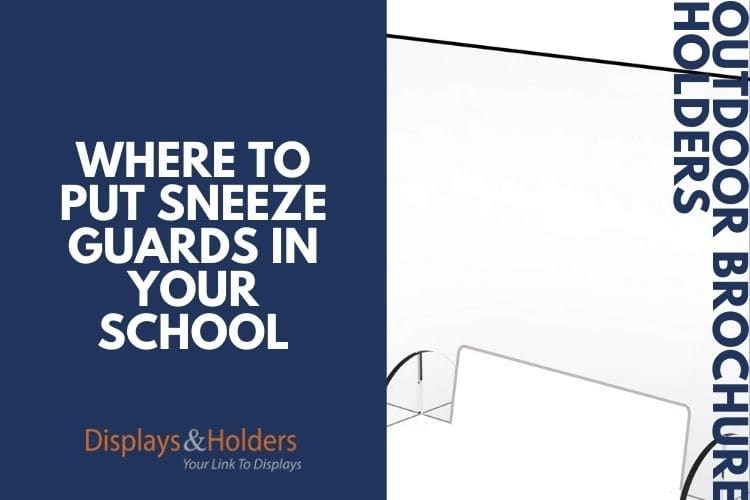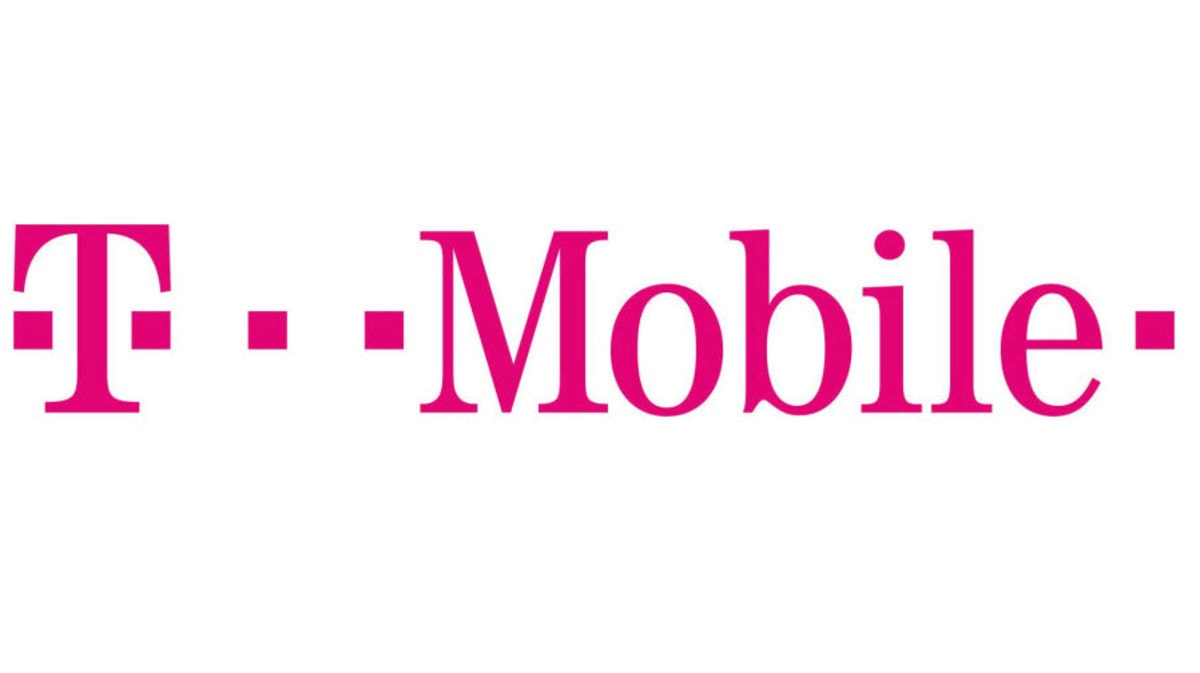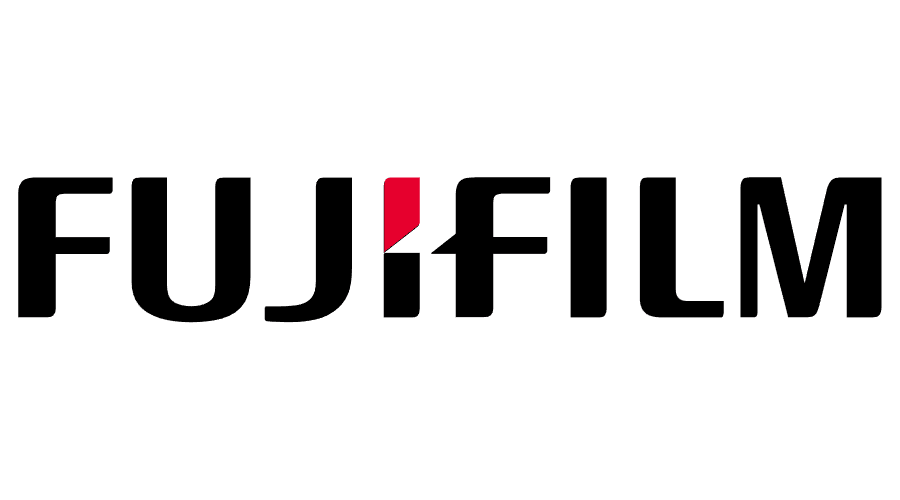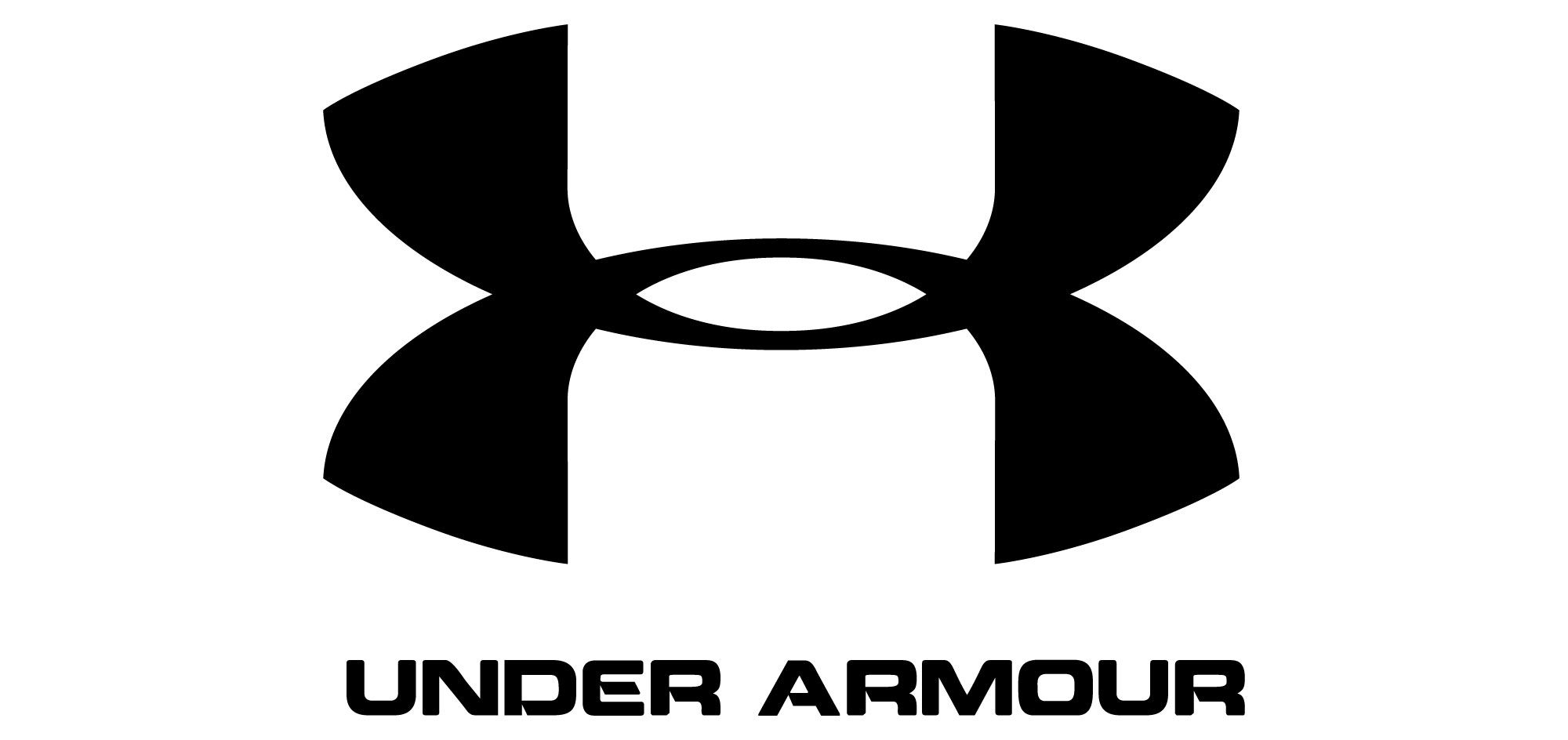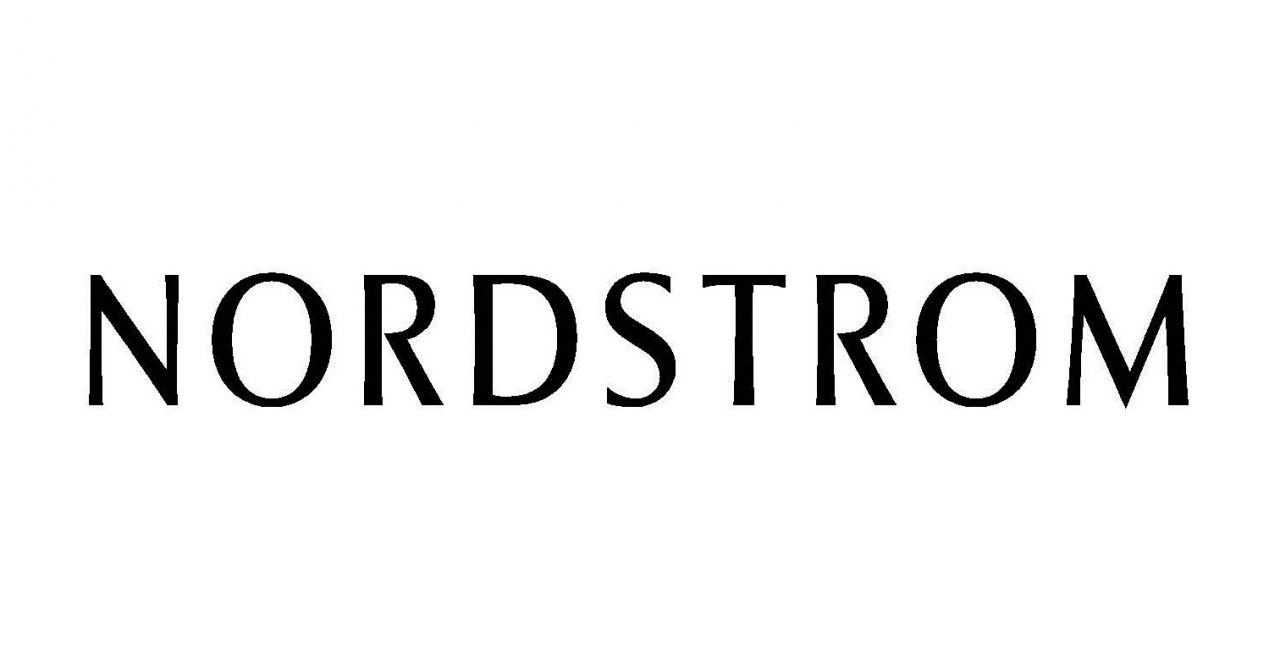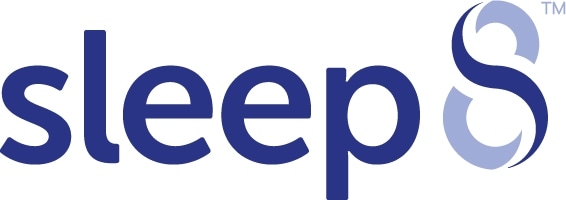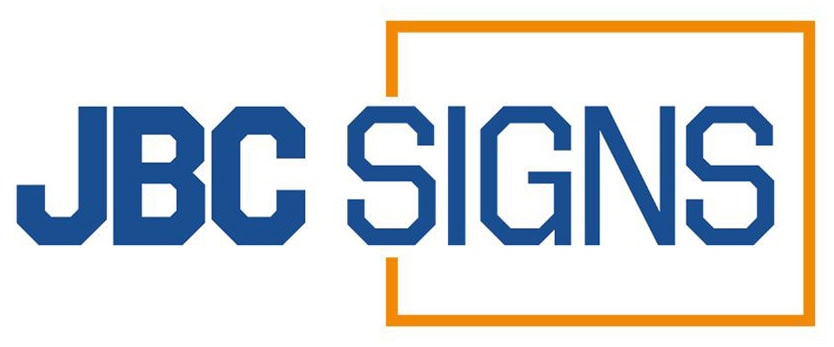2020 has proven itself to be a tough year, what with the COVID-19 pandemic affecting every single system there is, education included. Classes have been suspended indefinitely in most parts of the world. Teachers and parents were forced to adjust to a new type of classroom environment.
In capable countries, schools have begun promoting the use of remote learning facilities, such as video chat applications and file-sharing services, to keep kids engaged with learning. The use of written mail continues to drive learning in parts of the world where the Internet is not available.
Still, it has been found out that such a way of teaching and learning is not as efficient or effective as the in-person setup. This is because the focus is shifted towards memorizing theories rather than understanding them fully and being able to execute them.
The quarantine rules have also kept kids inside their houses, discouraging real play and social interactions and encouraging solo and digital play more.
Given that and after taking statistics into considerations (that death rate is lower in children compared with older adults), some government officials in the United States have decided to resume in-person classes and reopen schools in select states. Of course, institutions should do so with strict protocols to follow and implement.
The Centers for Disease Control and Prevention (CDC) Recommendations for the Reopening of Schools in the US
As schools reopen, the government and the CDC warns of direct contact and encourages the practice of health and safety measures.
Social distancing, safety signs, protective barriers like sneeze guards, face masks, washing of hands, and hand and surface sanitizers remain in the picture as schools attempt to resume classes safely. Here are the specifics:
- Parents and guardians are encouraged to pick up and drop off their kids at school as only a limited number of students are allowed to ride school buses. This is to maintain the rules of physical distancing and prevent overcrowding.
- Wall-mounted sign holders and decals containing relevant disease spread control information (e.g., how to wash hands, how to sneeze, how to wear a mask, where to face, etc.) should be highly visible in high-traffic areas like the hallways, toilets, classrooms, faculty rooms, and school entrance.
- School cafeterias and libraries are still not allowed to open.
- Install alcohol and hand sanitizer dispensers with at least 60% alcohol at entrances, exits, and handwashing stations to maintain hygienic practices.
- Mandate the use of face masks (and/or face shields) in the school premises and nearby areas.
- Mandate physical distancing of 6 feet. Use signages on walls and floors if needed. One-way routes are highly encouraged in hallways.
- Teachers, staff members, and students with preexisting conditions or are vulnerable due to a weak immune system should be provided with remote work or learning support systems.
- Schools must consider hiring doctors and nurses who will lead protective hygiene protocols and provide immediate health support to staff and students.
- Educational institutions must train teachers, staff, and students on standard health guidelines.
- Classrooms should have sneeze guards and desk dividers installed at each table. The same goes for laboratories and operating offices.
Keeping Students and Teachers Safe in School Using Sneeze Guards and Table Dividers
The use of barriers, like sneeze guards and dividers, add another layer of protection against airborne and droplet infection transmission, especially in limited-space locations where social distancing is difficult to implement. Installation of such is highly encouraged in:
- Each table or seat in the classroom
- Each work area in the faculty room
- Meeting rooms
- Sink stalls in the bathroom
- Toilet stalls in the men’s room
- School bus seats
- Cashier offices
Note, however, that the responsibility of schools does not stop at the installation of sneeze guards and the provision of hand sanitizers. Such barriers and other items in high-traffic areas should be regularly sanitized to prevent cross-contamination and indirect contact transmission of the COVID-19 virus.
Good-Quality Materials and Designs for Sneeze Guards
Quality
Educational institutions that value the importance of health guidelines, long-lasting furniture quality, and aesthetics should opt for protective barriers with excellent quality. Sneeze guards, in particular:
- Should be stable and sturdy
- Must be comfortable to use for both teachers, staff, and students
- Should fit well with where they are installed
- Should be easy to clean (removable if needed)
Models and Designs
Quality design and construction are of utmost importance for sneeze guards to be effective in preventing the transmission of disease. Here are some good models:
- Stand-alone and easy-to-install models for student desks (customized fit as much as possible)
- Wall-mounted sneeze guards for the vertical surfaces on tables
- Countertop acrylic sneeze guards for cashier and lobby desks
- Full frame sneeze guards for flat horizontal surfaces and walls
- Transaction windows for payment and file exchange counters
- Barrier designs with a slender yet sturdy and weatherproof metal frame so they don’t get in the way of work and learning
- Designs that come with additional features such as acrylic alcohol bottle holders and PPE dispensers
Wrapping Up
We still don’t know where the current pandemic is headed. Health experts predict at least one more year of the “new normal.” Long-term preparation is a must in times like this to keep our local communities and households safe, especially those where vulnerable populations frequent.
Keeping the best health practices and safety measures on top of everyone’s mind is the best way to ensure all students, teachers, and staff members returning to school remain protected from COVID-19.
Promote the importance of a strong immune system. Encourage healthy eating and sleeping habits, and practice proper handwashing and social distancing. Most importantly, implement the use of protective gear and barriers, such as face masks, face shields, and sneeze guards.
Displays & Holders in Anaheim, California can cater to your installation needs, so you can effectively maintain a safe environment for your staff and students. We offer quality and durable personal protective equipment and dispensers, signages and imprinting services, customized frames and holders, table dividers, and sneeze guards, among others.
Reach out to us today for options and quotations from our quality selection here at Displays & Holders.

